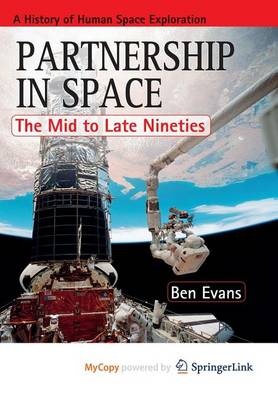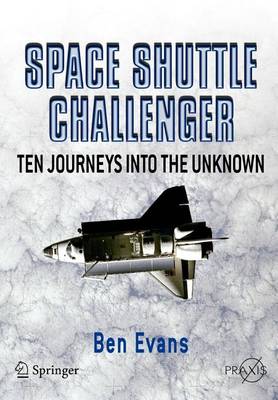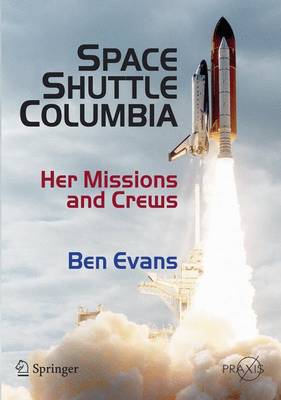Springer-Praxis Books in Space Exploration
4 total works
"Partners in Space" focuses on the early to late 1990s, a time in the post-Soviet era when relations between East and West steadily - though not without difficulty - thawed and the foundations of real harmony and genuine co-operation were laid for the first time with Shuttle-Mir and the International Space Station. This book explores the events which preceded that new ear, including the political demise of Space Station Freedom and the consequences of the fall of the Soviet Union on a once-proud human space program. It traces the history of "the Partnership" through the often traumatic times of Shuttle-Mir and closes on the eve of the launch of Zarya, the first component of today's International Space Station.
To commemorate the momentous 50th anniversary of Yuri Gagarin’s pioneering journey into space on 12th April 2011, a series of five books – to be published annually – will explore this half century, decade by decade, to discover how humanity’s knowledge of flying, working and living in space has changed. Each volume will focus not only upon the individual missions within ‘its’ decade, but also upon the key challenges facing human space exploration at specific points within those 50 years: from the simple problems of breathing and eating in space to the challenges of venturing outside in a pressurised spacesuit and locomotion on the Moon.
The first volume of this series will focus upon the 1960s, exploring each mission from April 1961 to April 1971 in depth: from the pioneering Vostok flights to the establishment of the first Salyut space station and from Alan Shepard’s modest sub-orbital ‘hop’ into space to his triumphant arrival at the Moon’s Fra Mauro foothills almost a decade later.
On February 1st 2003, one of the worst and most public disasters ever witnessed in the human space programme unfolded with horrifying suddenness in the skies above north central Texas. The Space Shuttle Columbia – the world’s first truly reusable manned spacecraft – was lost during her return to Earth, along with a crew of seven. It was an event that, after the loss of Space Shuttle Challenger during a launch 17 years before, the world had hoped it would never see again. This book details each of Columbia’s 28 missions in turn, as told by scientists and researchers who developed and supported her many payloads, by the engineers who worked on her and by the astronauts who flew her. In doing so, it is intended to provide a fitting tribute to this most remarkable flying machine and those who perished on her last mission.



